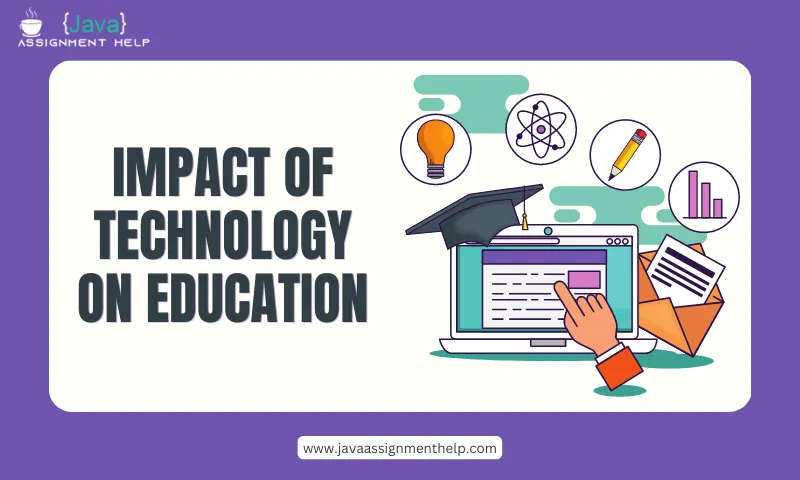Learning a new language can be a challenging but incredibly rewarding endeavor. Whether you’re traveling to a foreign country, preparing for a language proficiency exam, or simply expanding your horizons, language learning opens doors to new cultures, opportunities, and connections. In this blog post, we’ll discuss an indispensable tool for language learners: flashcards.
Flashcards have been used for decades as a valuable learning resource. Their simplicity and effectiveness make them a favorite among students of all ages. In the context of language learning, flashcards are particularly powerful, helping learners to build vocabulary, improve retention, and boost their overall language proficiency. Let’s delve into the world of flashcards and explore how you can use them effectively to enhance your language skills.
The Power of Flashcards in Language Learning
1. Vocabulary Building
One of the most significant advantages of using flashcards for language learning is their ability to help you build vocabulary efficiently. Vocabulary is the foundation of language, and the more words you know, the better you’ll be at understanding and communicating in your target language.
When you create flashcards, you can add a word or phrase in your native language on one side and its translation or definition in the target language on the other side. By regularly reviewing these flashcards, you reinforce your memory and gradually expand your vocabulary. This method is particularly helpful for languages with a complex or unfamiliar alphabet or script, such as Chinese or Arabic.
2. Improved Retention
Flashcards leverage a concept called spaced repetition, which is essential for long-term memory retention. Spaced repetition involves reviewing information at increasing intervals over time. This technique is supported by research in cognitive psychology, which suggests that spaced learning is more effective than cramming.
When you review your flashcards, you’ll find that words you struggle with appear more frequently, helping you commit them to memory. In contrast, words you confidently recall will reappear less often, ensuring that you don’t waste time reviewing what you already know. This adaptive learning process maximizes your memory’s efficiency.
3. Active Learning
Flashcards promote active learning, a method that encourages learners to engage with the material actively. When you use flashcards, you’re not merely passively absorbing information; you’re actively recalling and applying what you’ve learned. This active engagement strengthens your understanding and retention of the language.
4. Portability and Convenience
Flashcards are incredibly portable and convenient. You can carry them in your pocket, purse, or backpack, allowing you to study anytime, anywhere. Whether you have a few minutes between meetings, during your commute, or before bedtime, you can pull out your flashcards and make productive use of your time. This flexibility is especially beneficial for busy individuals who are trying to fit language learning into their daily routines.
Tips for Effective Flashcard Use
Now that we’ve explored the benefits of using flashcards for language learning, let’s dive into some tips to help you make the most of this valuable resource:
1. Create Your Own Flashcards
While pre-made flashcard sets are available for many languages, creating your own flashcards can be more effective. The act of creating the flashcards itself helps reinforce your memory. Additionally, customizing the content allows you to focus on words and phrases that are personally relevant or challenging for you.
2. Be Consistent
Consistency is key to successful language learning with flashcards. Set aside a specific time each day for flashcard practice, even if it’s just 10-15 minutes. Regular practice ensures that you maintain and build upon your progress.
3. Use Images and Context
Enhance your flashcards by including images or example sentences that provide context for the words or phrases you’re learning. Associating words with visuals or real-life situations can make them easier to remember and understand.
4. Mix Up Your Cards
Avoid monotony by mixing up your flashcards regularly. Shuffle them, or organize them into different categories or themes. This variety keeps your practice engaging and prevents you from falling into a rote memorization pattern.
5. Set Goals
Set achievable language learning goals for yourself using flashcards. Whether it’s mastering a specific number of words per week or successfully recalling a set of phrases, having clear goals motivates you to stay on track and measure your progress.
6. Track Your Progress
Keep a record of your flashcard sessions, noting which words or phrases you find challenging and which ones you’ve mastered. Tracking your progress allows you to focus your efforts on areas that need improvement.
7. Use Digital Flashcard Apps
In addition to physical flashcards, consider using digital flashcard apps and platforms that offer features like spaced repetition algorithms, audio pronunciation, and collaborative learning. These tools can enhance your language learning experience and make it more interactive.
Conclusion
Flashcards are an effective and versatile tool for language learners of all levels. By incorporating them into your language learning routine, you can build vocabulary, improve retention, and accelerate your journey toward language proficiency. Remember that language learning is a marathon, not a sprint, so be patient with yourself and stay committed to your daily practice. With dedication and the right resources, you’ll be amazed at how quickly you can progress in mastering a new language. Start creating your flashcards today and embark on your exciting language learning adventure!


